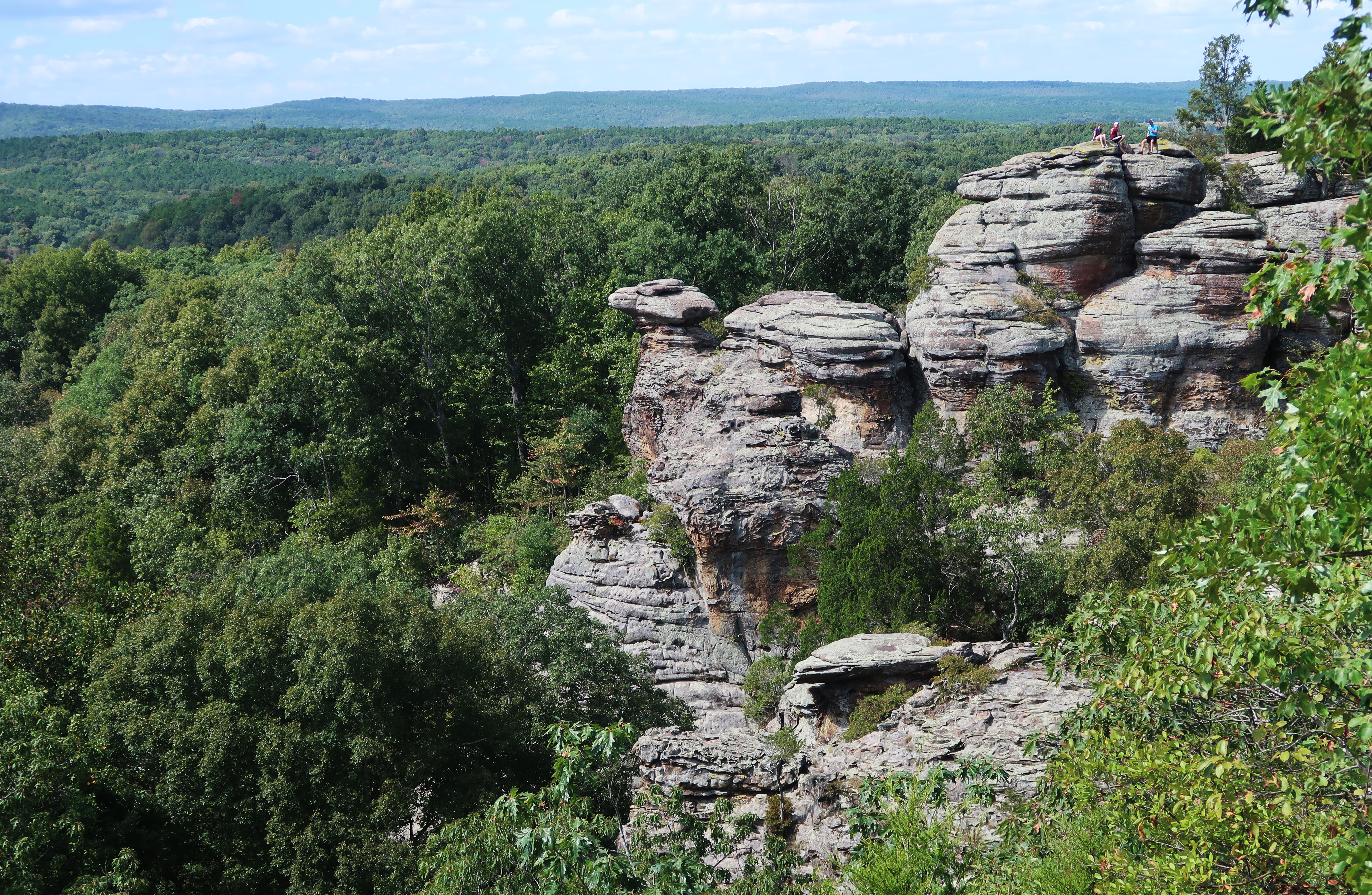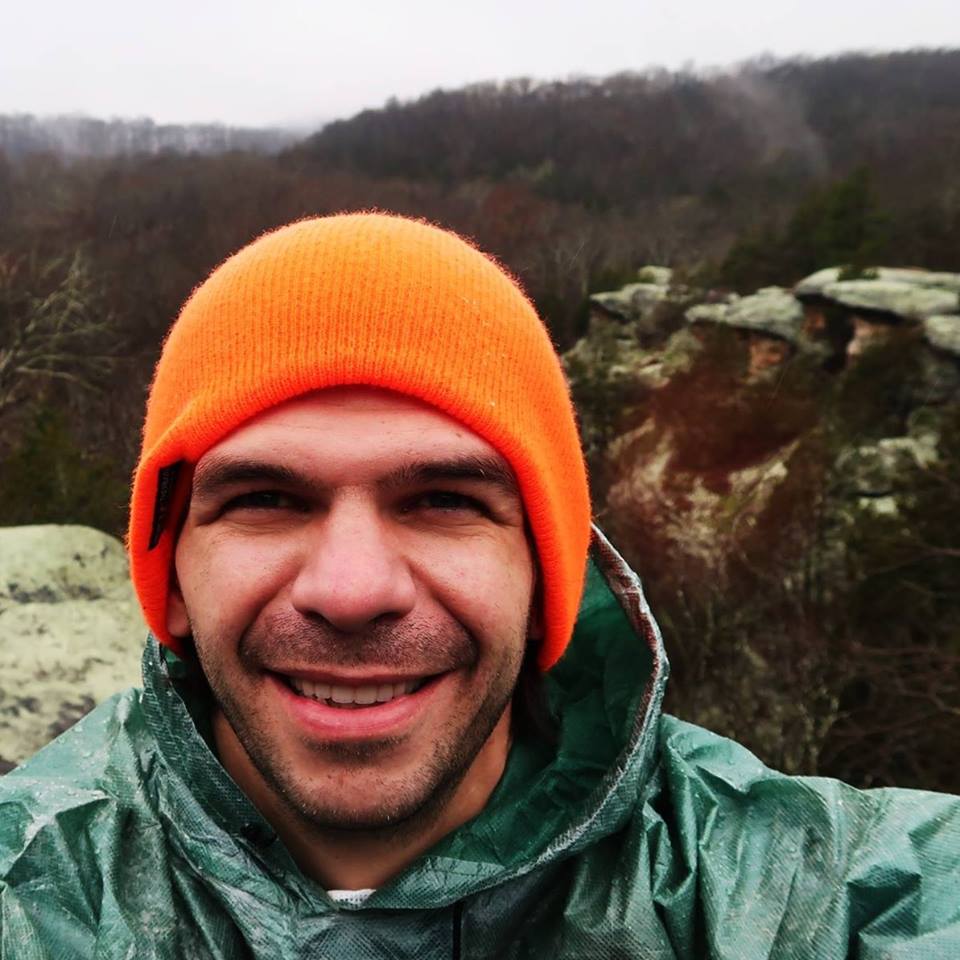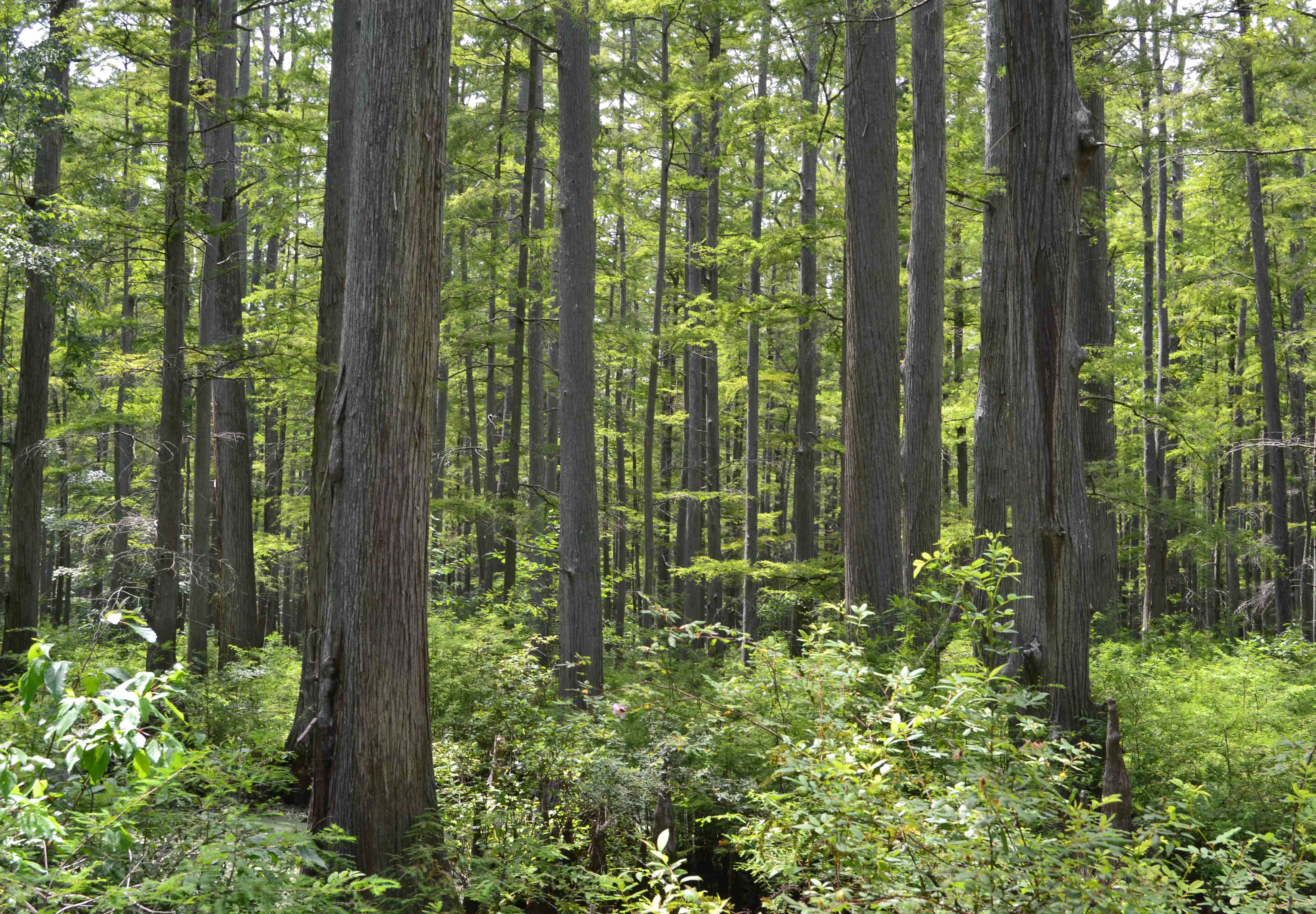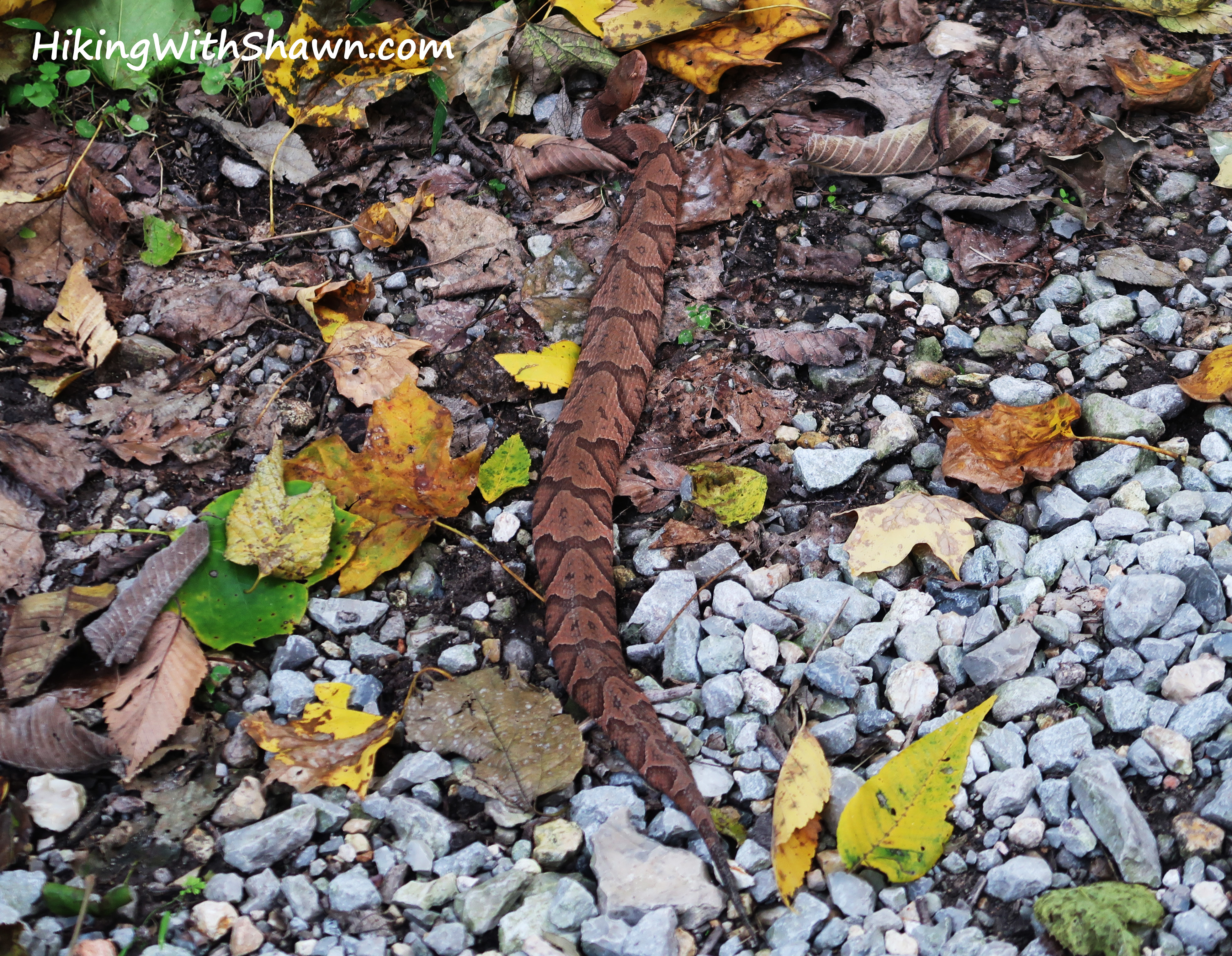Summer Hiking Tips
for the
Shawnee National Forest
Below is some summer hiking tips meant to help you have a more positive experience while hiking the Shawnee National Forest during the summer months. I’ve heard numerous folks say they don’t hike the Shawnee National Forest in the summer because of various reasons.
I’ve taken many of those reasons and listed them below with potential solutions. The summer months are perfect for hiking in the Shawnee National Forest and you shouldn’t let a few negative things stop you from enjoying your hiking adventures. I hope you enjoy these summer hiking tips and if you do, please share this article with other folks so that they too can enjoy hiking the Shawnee National Forest during the summer months.
Summer Hiking Tips #1:
Wearing the Right Clothing
The first of my summer hiking tips in regards to hiking the Shawnee National Forest is choosing appropriate clothing for your hiking adventure. This is a common failure among hikers in the Shawnee National Forest. Wearing the wrong clothing can really impact the experience you have on your hike. First off, the main thing you need to do is watch the weather specifically for the day you plan to hike. You should decide what to wear based on the weather.
If it is going to be a cooler day, consider layering so that you can stay warm while also having the option of taking layers off if you get too warm. Athletic clothing such as running shorts and yoga pants are often popular hiking apparel choices, however, in areas where there is a lot of overgrown vegetation, the trails become very narrow and such clothing may prove to be negative especially if it doesn’t protect you from slapping twigs and the elements hitting you. You might consider wearing real hiking clothes and leaving the fitness clothes for easy shorter trails like the Observation Trail at Garden of the Gods. Make sure you are wearing comfortable footwear too – I suggest spending more on footwear than any other gear because your feet are your most important hiking resource – protect them!
Summer Hiking Tips #2:
Dealing with Ticks
Ticks are very annoying and they can spread disease that can often be deadly. The Lone-Star tick for example may carry Alpha-Gal which is a disease that humans can get that will make them allergic to red meat and dairy. While rare, some people who get Alpha-Gal become so allergic to red meat and dairy that it can kill them if they consume it.
Other diseases are often associated with ticks including Lyme disease and Rocky Mountain spotted fever which have been associated with fatal endings for some humans. It is important to prepare for ticks when hiking in the summer months. It is advised that you spray your clothing and gear with tick-repellent such as Permethrin which is often so successful that it is used by the US Forest Service. Do not apply this super strong chemical to your bare skin. You should also consider wearing a hat and clothing that can help keep ticks off of you. I have found success in wearing compression gear that is designed to be worn under clothing in warmer months. Check yourself thoroughly for ticks after you are done hiking and properly remove any that you find.
Summer Hiking Tips #3:
Dealing with Mosquitoes
Mosquitoes are even more annoying than ticks in my opinion because they are more common. These biting pests can also spread deadly diseases such as West Nile Virus and others. I combat mosquitoes using a method that has worked for me for many years. I apply spray to my clothing and gear. I spray my shoes, legs, arms chest and neck with repellent. I use the repellent lotion on my ears and face because it is easier to handle than the spray. This has kept most of the mosquitoes off of me during my hiking activities. If I go to areas with a lot of swampy water such as Heron Pond or LaRue Pine Hills, I often wear long sleeve shirts and pants – this is because these areas tend to have way more of these bugs than any other area in the Shawnee National Forest. I’ve never used face nets to combat mosquitoes but I have heard of others using them with success, so you might consider getting some of those as well. I have found that simple soap and cold water relieves a mosquito bite area verses expensive creams that you really don’t need to buy.
Summer Hiking Tips #4:
Hydration Matters
Out of all the summer hiking tips I can give you, this tip is probably one of the most important ones. Hydration is so important all year long. But during the summer months, it is even more important than any other season. It gets hot in southern Illinois during the summer and the Shawnee National Forest is made up of longer trails that consist of rolling hills.
Combine heat with long distance hiking and hills and you have a lot of sweating occurring. When you sweat, you lose salt and it can weaken your body because your system requires salt in order to function properly. It is important to put that salt back in your body which is why straight water isn’t always the best option for hiking. Consider a salty snack that contain carbohydrates or a sports drink. I drink water when I am not active. I drink sports drinks when I am active combined with water. Bring plenty of snacks too because it will replace energy you lose while enjoying your hiking adventure. It is important to understand that failing to hydrate properly can result in many serious health problems including sudden death – don’t play around with dehydration issues.
Summer Hiking Tips #5:
Dealing with Poison Ivy
Leaves of three-let them be – that is a common saying for properly identifying Poison Ivy in the forest. In southern Illinois, poison ivy can grow on the ground like a weed or on a vine up a tree. Some sources claim that southern Illinois is also host to Poison Oak. However, Poison Sumac does not occur in the state of Illinois.
Poison Ivy is what you will commonly be exposed to as it grows rapidly and everywhere in the forest. Some people can get a rash from it, others cannot. You have to come into physical contact with and be allergic to the oil (Urushiol) in order to get the rash. You can’t get it by looking at it like some folklore suggests. It is also not contagious, either. If you come into contact with it, after your hike or at the end of the day, take simple soap and COLD water and rinse yourself off. Wash any clothing, footwear and gear that may have also came into contact with it. Consider pets that might have come into contact with the plant as well. If you get the rash, clean it with soap and cool water a few times a day. I use a simple topical cream that you can get from most retail stores to relieve symptoms of the rash. However, during the past few years, it seems that I have become immune to Poison Ivy which is really refreshing to me. One tip to avoid touching poison ivy – stay on the trail at all times.
Summer Hiking Tips #6:
Encountering Snakes
Snakes occur in the Shawnee National Forest. There are three species of snakes in southern Illinois that are venomous including the copperhead, cottonmouth and timber rattlesnake. It is likely that at some point of your hike, you might encounter a snake. Depending on where you are hiking, the snake may be venomous.
If you stay on the trail at all times, you greatly reduce your chance of seeing a snake unless you are in an area where many snakes are often present such as LaRue Pine Hills or Heron Pond. If you encounter a snake, venomous or non-venomous, the first thing you should not do is panic. Snakes do not want to bite you or interact with you. Do not attempt to handle, move or harm the snake. Keep a safe distance (4-6 feet) between you and the snake and simply move around it. Snakes will not chase you – that is a myth. Watch where you step at all times, stay on the trail and be careful. If you are bit by a snake, consider the snake venomous and seek medical attention immediately. Snakes are commonly found around bluffs and water or where sunlight enters the forest canopy. There hasn’t been a snake bite death in Illinois for over 200 years. You are more likely to become injured or killed by falling off a cliff in the Shawnee National Forest than getting killed by a snake bite.
Summer Hiking Tips #7:
Spider Webs on the Trail
They’re creepy! They’re crawly! They’re often used in horror movies! SPIDERS – in the summer months, they’re everywhere in the Shawnee National Forest. But Hollywood has made spiders a lot scarier than what reality is. The two spiders locally that you need to be concerned about the most are Black Widows and Brown Recluses. However, seeing these two species of spiders in the forest is often rare. Black Windows might be sometime seen in the bluffs taking shelter in cracks and crevices. But for the most part, you are more likely to find these two scary spiders in your home rather than the forest! The spiders in the forest, the ones often draped in a web across the trail commonly share one big factor – they’re pretty harmless. Getting the web in your face is pretty much the worst part about it. If the spider is on you, calmly pick it up and move it to a nearby plant or use a stick to move it off. Don’t kill it! They eat bugs that actually can seriously harm us. If you want the webs gone before you walk into them, consider a trekking pole to break them away from the trail or let a horseback rider go ahead of you. Sorry equestrians, but your horse makes a perfect spider web knock down tool!
Summer Hiking Tips #8:
Staying on the Trail
This particular tip can be associated with most of the other summer hiking tips listed on this article. It is without a doubt that you can avoid most summer hiking discomforts by simply staying on the trail. The moment you get off trail, the chance of finding something hazardous will increase.
Snakes are often off the trail. Poison Ivy rapidly grows off the trail. There are unseen holes and trip hazards off the trail. But the main reason I made this an official tip of this article is simply for the sake of navigation. In the summer months, everything blooms and grows up. The forest is much thicker in the summer days and it is way easier to get lost in if you go off trail because in the summer, everything looks the same. For the sake of safety, if you do decide to go off trail, please make sure you have a compass and/or a GPS unit in order to navigate yourself back to where you started. But in the end, remember, native and rare plant species often grow off trail during the summer and going off trail might put those plants in danger which is a huge reason folks suggest you don’t get off the beaten path during the summer months.
Summer Hiking Tips #9:
Dealing with Mud
The summer months in the Shawnee National Forest are often wet. These months are also the most valued months for horseback riding. There is a big chance you will encounter horseback riding when hiking in the summer. If it’s wet, prepare for mud!
Horses leave behind very noticeable tracks – it is a heavy animal with a heavy rider and gear on top of it in most cases. It is safe to say that if you follow a trail that allows horses, you may run into some very muddy spots along the trail. While it is suggested that you stay on the trail at all times, we all know that some horse damaged areas will require us to go off trail. Just tread lightly and watch your step and try to remain on the trail as much as possible without putting your safety at risk. If you dress properly and don’t care to get muddy, often times, you can simply walk through horse damaged areas without worry but you still need to watch your step and be careful. I can’t tell you how many times I had to learn the hard way after falling on horse damaged trails. If anything, it will give you plenty of practice to be a better hiker in muddy conditions.
Summer Hiking Tips #10:
Beating the Crowds
The most popular areas of the Shawnee National Forest during the summer months are going to be filled with visitors. This means these areas will be crowded. Areas like Garden of the Gods Observation Trail, Little Grand Canyon, Rim Rock, Pomona Natural Bridge, High Knob and other more well-known areas are going to be flooded with vehicles and tourists.
You can beat the crowds many different ways. I suggest going to the more popular spots early in the morning to beat the rush hour of visitors that will show up as the day continues on. However, I often recommend checking out the less popular spots during the summer as well such as Lusk Creek Wilderness, Panther Den, Hutchins Creek and One Horse Gap. All of these lesser known areas have a beauty all of their own but often included more rugged hiking conditions than some of the more popular trails in the Shawnee National Forest. There is really a lot to explore out there and with the help of these summer hiking tips and common sense, you can enjoy the Shawnee without all the negative impacts that come along with the warmer months.
That sums up my summer hiking tips for surviving the Shawnee National Forest. I hope you have enjoyed these summer hiking tips and I hope they help you enjoy the forest during the warmer months. The forest is yours to enjoy, during all the seasons. If you enjoyed reading this article, please share it with others, especially on social media. Please subscribe to my YouTube Channel to check out all of my latest Shawnee National Forest hiking videos. I also post exclusive content on Facebook, Twitter and Instagram which you should follow me on as well. If you’d like to support my efforts and help me grow even more, consider purchasing some of my Official Merchandise and/or becoming a support on my Patreon Page. So thanks again for reading another one of my Hiking with Shawn articles and until next time, I’ll see you on the trail!
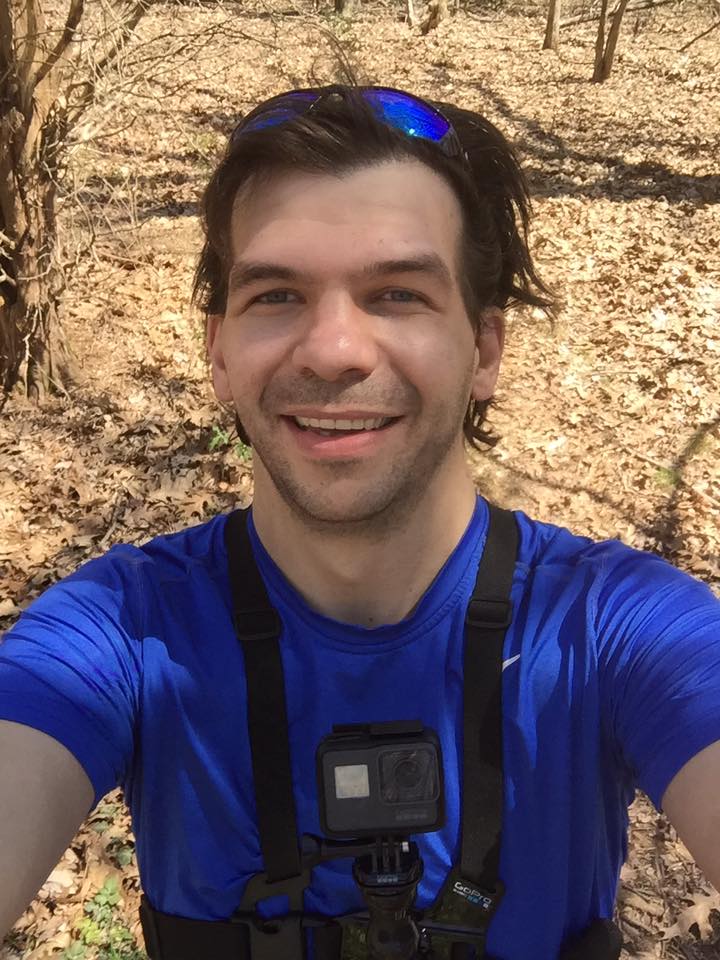
Shawn J. Gossman
Host
Shawn is the founder and host of the YouTube Channel, Hiking with Shawn as well as Hiking with Shawn LLC. Shawn hikes, backpacks and visits various forested areas in the Shawnee National Forest, local state parks and other areas promoting outdoor recreational activities to obtain video to show to locals and non-locals alike. Please support Shawn’s efforts by sharing this post and leaving a comment below.

